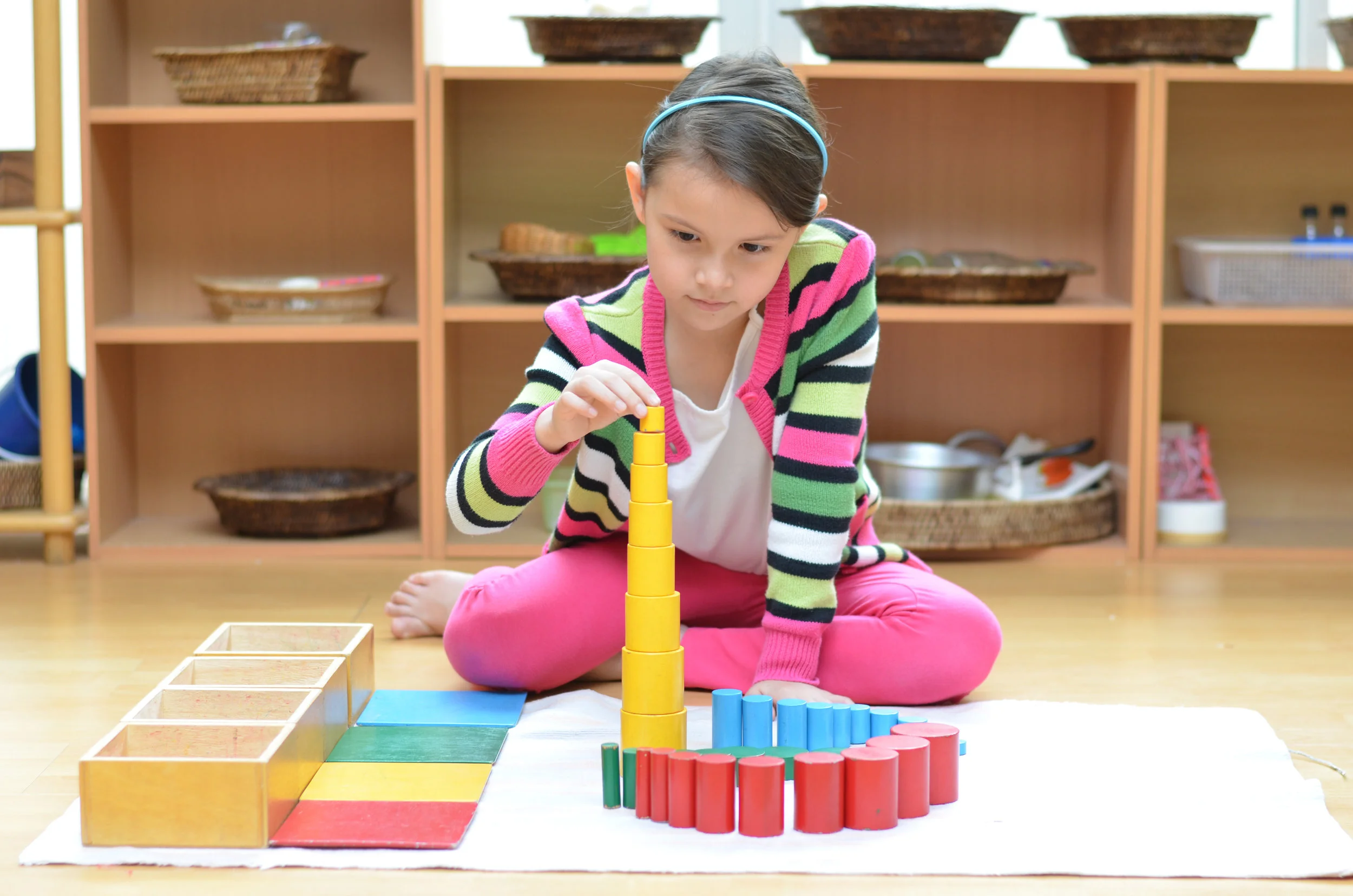Understand the child development and developmental milestones
/Developmental Milestones are a set of standard skills that children are expected to be able to do at a certain age such as taking their first step, speaking their first word, understanding the concept of pointing, waving at people, or their first time dressing themselves. These milestones can involve physical, emotional, cognitive, social, and communication skills. Doctors and professional caregivers usually use milestones to identify if a child is developing as expected. However, there is still a big concept of what’s considered as normal since some children may develop at a different pace than others. In fact, children who are born prematurely may reach developmental milestones later than children who are born maturely.
According to the U.S. Department of Health and Human Services’ Child Development guideline, in the first year of infant’s development, infants will start learning basic skills. They are expected to know how to reach out, how to focus their vision, and how to explore the environment surrounding them. Their brain will develop cognitive aspects which is the process of learning language, basic reasoning, memory, and thinking. Infants will also try to listen, memorize, and understand the sounds or voice they have heard and try to copy. Once they understand and know the names of things and people, it means that they have improved a part of language development. Additionally, at this age, infants are developing relationships with people such as parents and other acquaintances. They will feel safe and warm among these people after they build connections of trust and love with them. This is a part of social and emotional development.
During their second year, toddlers will start moving around more and more. They will be aware of themselves and their environment and enjoy exploring new things. At this stage, they will begin to show that they are more independent and defiant. They will imitate some behaviors from people surrounding them, especially people who are older than them. Also, they will be familiar with the names of things used in their daily life, people that they see often, easy phrases and sentences they have heard a lot, and uncomplicated directions or instructions.
In their first two years, children are experiencing the world around them based on the relationships they have. Daily activities such as going for a walk in a public park, shopping in a grocery store, cooking their food, and going to the post office help children understand how to interact appropriately with other people in different situations. They will easily absorb information from their environment and adjust themselves to their surroundings.
On the other hand, if children can’t reach the developmental milestone as expected at their age, parents should consult a doctor or a professional child development expert. However, parents should remember that each child has developed at their own pace. Not all kids are going to meet these milestones at the same time. That is why parents, caregivers and teachers play the most important role in monitoring a child's development. Teachers who truly understand child development will work on maximizing each child’s potential individually. Like Montessori teachers, they understand that each kid has their own pace of developments, different interests, different personalities, and different learning styles. In order to create a Montessori classroom, children will make a choice in their learning. Montessori teachers will follow their steps to support them under the condition of age-appropriate activities because the growth of children’s brains is affected by provided experiences. Thus, teachers need to let children discover and explore the knowledge of the world with a loved, secure, supportive, and confident environment.
Interested in monitoring your child by using the Developmental Milestone?
Follow the checklists from the Centers for Disease Control and Prevention (CDC), an agency of the U.S. Department of Health and Human Services (HHS): https://www.cdc.gov/ncbddd/actearly/milestones/index.html
By Fern Janrana B.Ed







